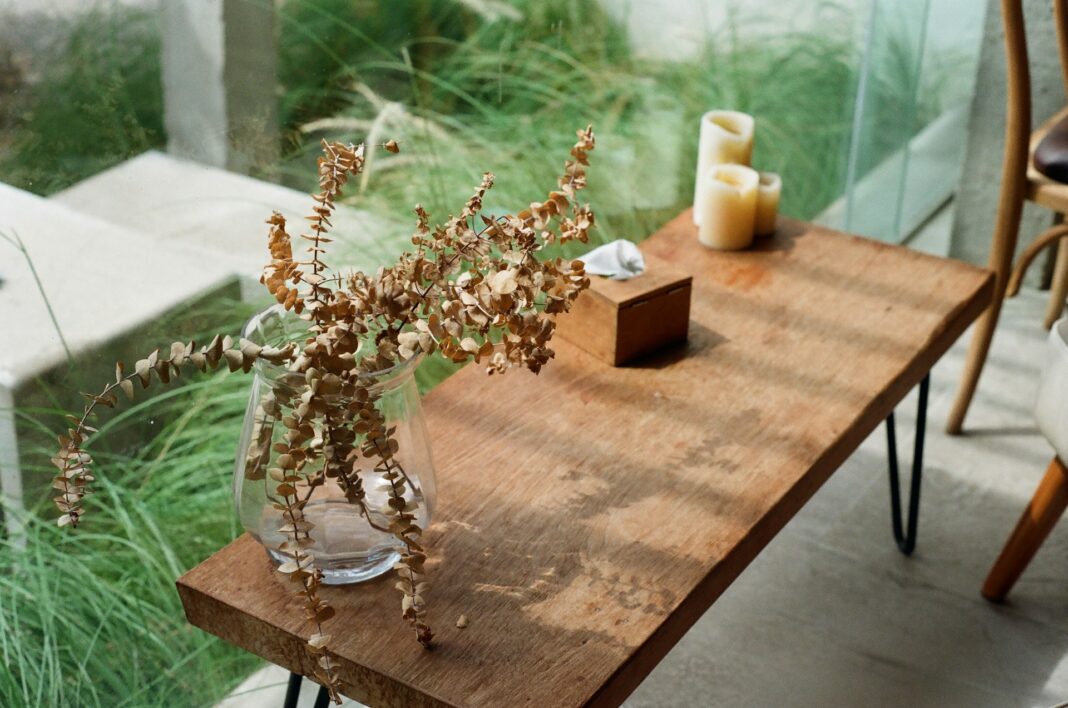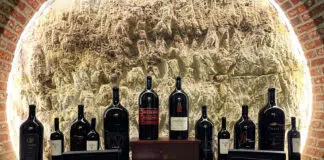The rise of DIY table tops isn’t just a passing trend—it’s a full-blown movement in modern home design. More people choose to craft or customize their surfaces, from rustic farmhouse kitchens to sleek minimalist offices. But before diving into this rewarding project, there are a few important things to understand that could save you time, money, and stress.
Why DIY Isn’t Just About Saving Money
While saving money is often the first reason people consider the DIY route, there’s more to it than budget-friendliness. Building or assembling your tabletop allows full control over materials, size, finish, and overall look. Whether you want reclaimed wood, a unique epoxy resin design, or a simple, raw wood finish, you’re not at the mercy of mass-produced options. This customization level turns a DIY project into a personal design statement.
Understanding the Materials Before You Commit
One of DIYers’ biggest mistakes is choosing the wrong type of wood or surface material. Hardwoods like oak, maple, and walnut are durable and long-lasting, but they can be heavy and harder to work with for beginners. Softwoods like pine or cedar are easier to cut and sand but may show wear and tear more quickly. And if you’re going with composite materials or plywood for budget reasons, know that surface preparation becomes even more important to avoid warping or flaking over time.
Don’t Underestimate the Tools and Time Needed
A common pitfall in DIY tabletop builds is underestimating how long it takes or which tools are needed. While it may seem like a weekend project on paper, things like uneven edges, improper sanding, or misapplied finishes can drag it out into multiple weeks. Investing in high-quality tools—like clamps, orbital sanders, and accurate saws—can make or break your result. And if you’re not sure about a particular step, watching a few tutorials or consulting experienced builders can go a long way.
Size, Space, and Functionality Matter More Than You Think
Many people get caught up in aesthetics and forget to think practically. A gorgeous DIY tabletop that doesn’t fit your dining room or doesn’t allow chairs to tuck in easily can become a frustrating daily inconvenience. Before buying or building anything, take accurate space measurements, account for seating arrangements, and consider how you’ll use the table. Is it a desk, a craft table, or the centerpiece of your family meals? That one detail should guide your entire approach.
The Finish Can Make or Break the Final Look
Once the base is built and the surface is sanded, the final step—applying stain, paint, or epoxy—can dramatically change the appearance and durability of your tabletop. Choose a finish that complements your decor and fits how much wear the table will get. A clear sealant works for a natural look, while tinted stains can bring out wood grain in rich, moody tones. Just remember: poor finishing often makes a DIY job look DIY.
Building or buying a DIY table top offers a rewarding, creative experience—but only if you go into it with realistic expectations and some planning. From choosing the right materials to prepping for the final finish, your decisions will shape your table’s beauty and longevity. Take your time and research, and you’ll end up with a one-of-a-kind piece that’s truly worth the effort.





